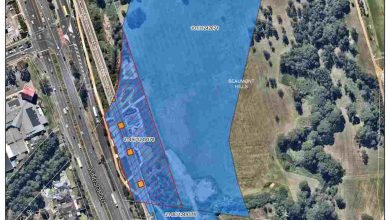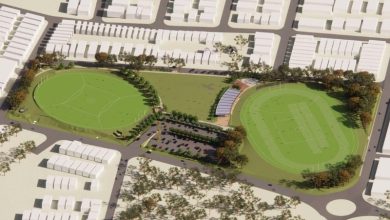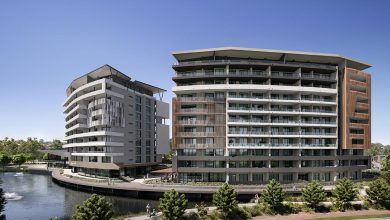Reinventing Roads: How Cities Are Designing for a Car-Free Future
By Alex Karki, BEng (Hons), MEng(Res) UNSW, MAITPM, MIEA – Principal Traffic & Parking Engineer, Sydney Traffic Engineers
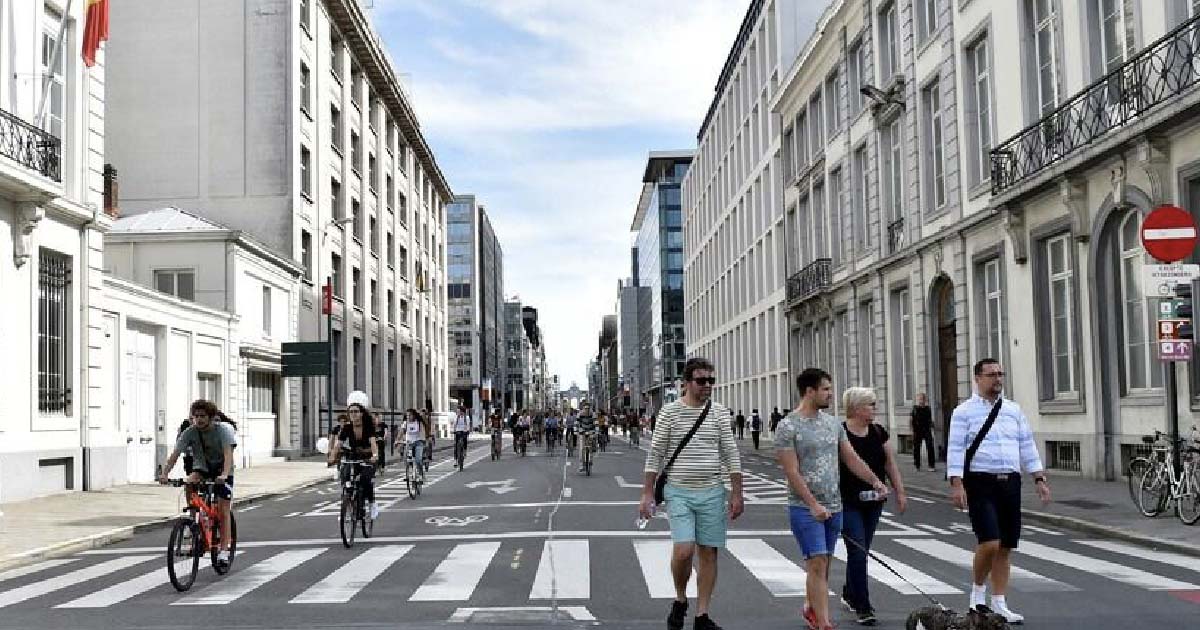
Imagine walking through a city where the streets are quiet—not because it’s early morning or a public holiday, but because cars are no longer the main event. Instead, footpaths are wider, bikes glide effortlessly through dedicated lanes, and cafés spill onto open plazas once claimed by traffic.
You hear kids laughing in parks, neighbours chatting on benches, and the soft hum of city life unfolding without the constant roar of engines. This vision isn’t science fiction—it’s already happening in places like Amsterdam, Paris, Bogotá, and, increasingly, Melbourne. These cities are showing the world what’s possible when we design spaces around people instead of vehicles.
For much of the last century, city planning revolved around one idea: get people into cars and keep them moving. It was seen as a symbol of progress and economic success, marked by the construction of more roads, highways, and parking facilities. Cities grew outwards instead of upwards, and walking or public transport became afterthoughts in many urban designs. However, that car-centric vision came at a cost: endless congestion, hazardous roads, noise pollution, disconnected communities, and increasing greenhouse gas emissions. As cities grew larger and denser, these problems only intensified.
Now, as we face the twin pressures of climate change and livability, a growing number of cities are rewriting the rulebook. They’re rethinking what streets are for—and asking whether cars should dominate public space the way they currently do.
One of the shining examples is Copenhagen, Denmark. Nearly half of its residents bike to work or school every day. That’s not because cycling is a niche hobby there—it’s because the infrastructure has been built around it. The city has hundreds of kilometres of protected bike lanes, cyclist-priority intersections, and even footbridges dedicated solely to bikes and pedestrians. These changes didn’t happen overnight. They were the result of decades of consistent policy, funding, and public support. The result? Fewer cars, better air quality, and a stronger sense of community.
Amsterdam, now known worldwide for its cycling culture, had a very different past. In the 1970s, the city was struggling with rising traffic fatalities, especially among children. Public protests and grassroots activism led to a dramatic shift in priorities. Over the next few decades, the city gradually reallocated space from cars to people. Streets were narrowed, speed limits lowered, and car free zones expanded. It wasn’t always easy, but today, Amsterdam is a city where cycling and walking are the norm, and urban life feels more relaxed and connected.
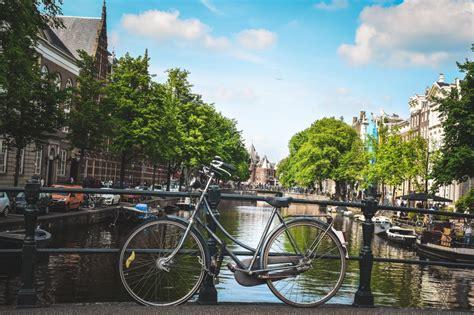
Then there’s Paris, where a bold transformation has taken place in recent years. Under Mayor Anne Hidalgo, the city has embraced a vision known as the “15-minute city.” The idea is simple: everything you need—schools, shops, parks, healthcare, and work—should be within a 15-minute walk or bike ride. Paris has shut down major roads along the Seine, created hundreds of kilometres of new bike lanes, and dramatically reduced on-street parking. What was once unthinkable—banning cars from central areas—has become not just accepted but welcomed by many Parisians. And the benefits are visible: cleaner air, safer streets, and vibrant local businesses.
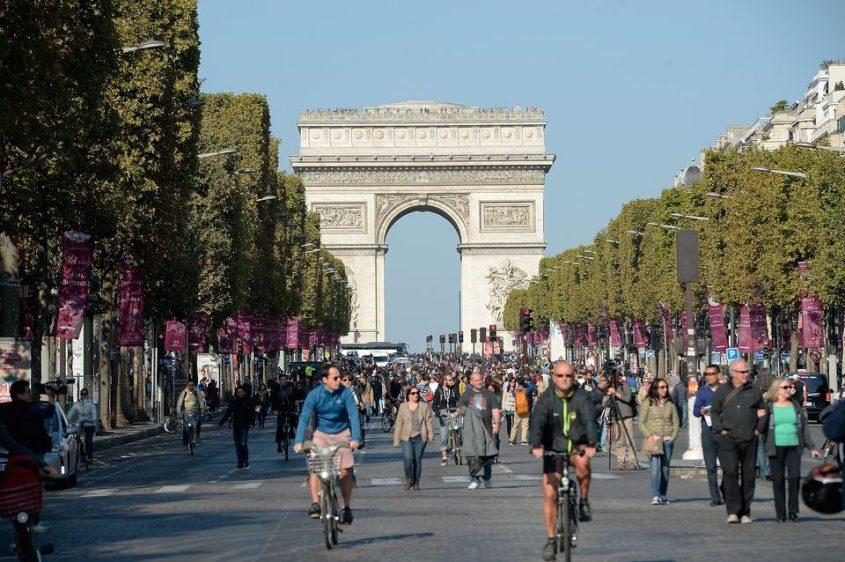
In Bogotá, Colombia, the change has come from the ground up. Every Sunday, the city shuts down more than 100 kilometres of roads for Ciclovía, a weekly event that turns streets into car free zones where people walk, cycle, skate, and socialise. What began as a modest experiment has now evolved into a significant cultural event, drawing millions. The city has also invested in an extensive Bus Rapid Transit (BRT) network, giving residents an affordable and efficient alternative to driving.
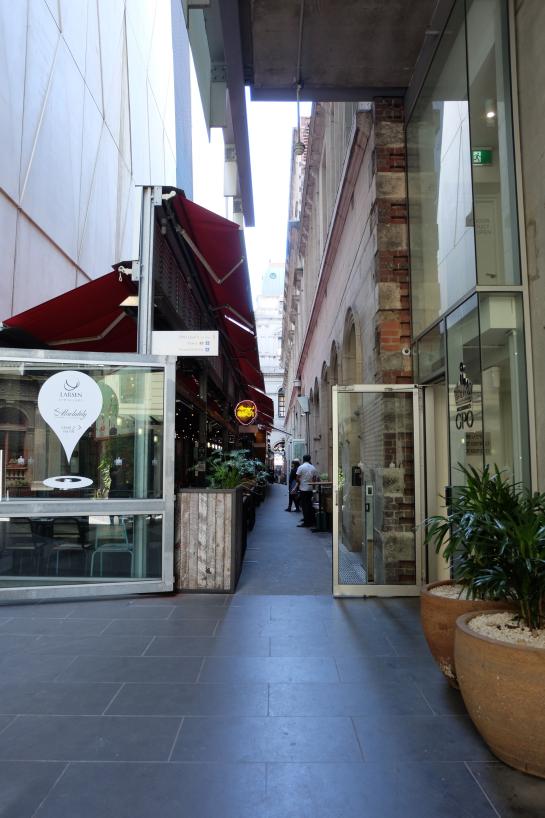
Seoul, South Korea, offers another inspiring example. In 2005, the city made the radical decision to remove a busy elevated freeway in the centre of the town and restore the stream it once covered—Cheonggyecheon. What emerged was not only a beautiful urban park but also a powerful symbol of what’s possible when cities prioritise people and nature over vehicles. Critics feared traffic chaos, but Seoul demonstrated that effective planning and investment in public transportation could improve mobility while enhancing the environment.
Even cities like Melbourne are making moves in the right direction. Through initiatives like “Little Streets,” the city is transforming select CBD laneways into pedestrian-priority spaces, complete with outdoor dining, lighting, greenery, and events. It’s not about banning cars altogether—it’s about tipping the balance. The more space that’s given back to people, the more lively and engaging the city becomes.
Still, none of this is simple. Going car-free—or even car-light—presents real challenges. In many places, especially outer suburbs or rural areas, people rely on cars out of necessity, not preference. Public transport options can be limited or unreliable, and many businesses still fear that reducing car access might hurt customer traffic. Change can be uncomfortable, particularly when it touches everyday habits and routines.

However, research consistently shows that when streets are made more walkable and bike-friendly, local businesses often thrive. People tend to linger longer, spend more, and feel a greater sense of connection to their community. Public spaces come alive, children have safer places to play, and older residents are more likely to be active outdoors. The streets shift from being corridors of movement to destinations in themselves.
On top of this, the environmental case is impossible to ignore. Transport is one of the most significant contributors to carbon emissions in urban areas. Reducing reliance on cars—even by small percentages—can have a substantial impact on a city’s carbon footprint. Add to that the gains in air quality, noise reduction, and public health, and it’s clear that moving away from car dependency isn’t just good policy—it’s essential for a sustainable future.
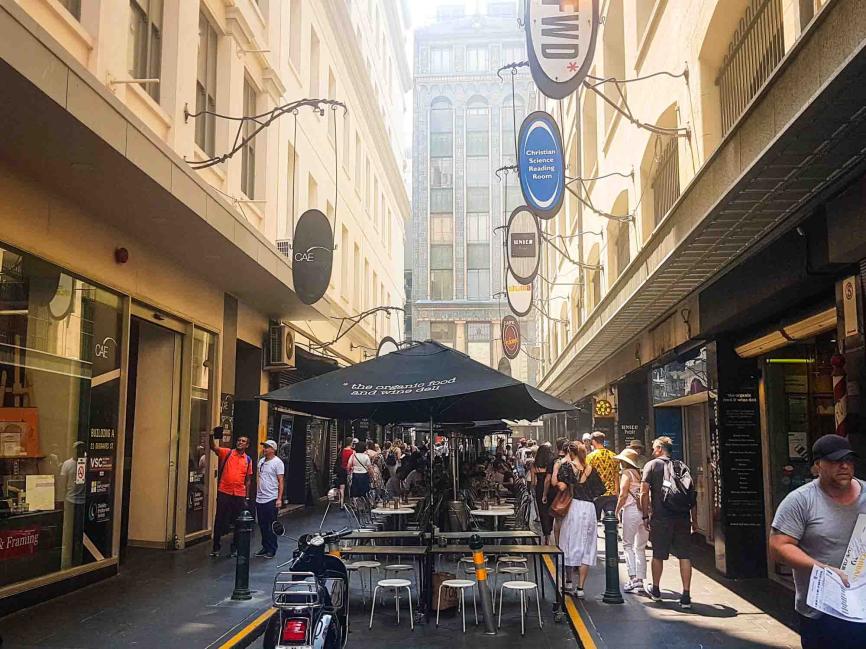
Importantly, these shifts aren’t about “anti-car” ideology. Cars will still play a role, especially in deliveries, emergency services, and for those with limited mobility. But they don’t need to dominate every street. Instead of treating driving as the default, cities are starting to build systems where walking, cycling, and public transport are not only viable options—but often the best ones.
The future of transport doesn’t have to look like more roads and more cars. It can resemble leafy boulevards, bustling plazas, quiet neighbourhoods, and connected communities. It can look like streets that prioritise people over parking. It can look like kids walking safely to school, elderly neighbours enjoying a bench in the shade, or local musicians playing in a car-free square.
Cities that embrace this shift are discovering that it’s not just about transport—it’s about quality of life. And as more urban areas around the world leap, they’re proving that reinventing roads isn’t about loss. It’s about possibility.



